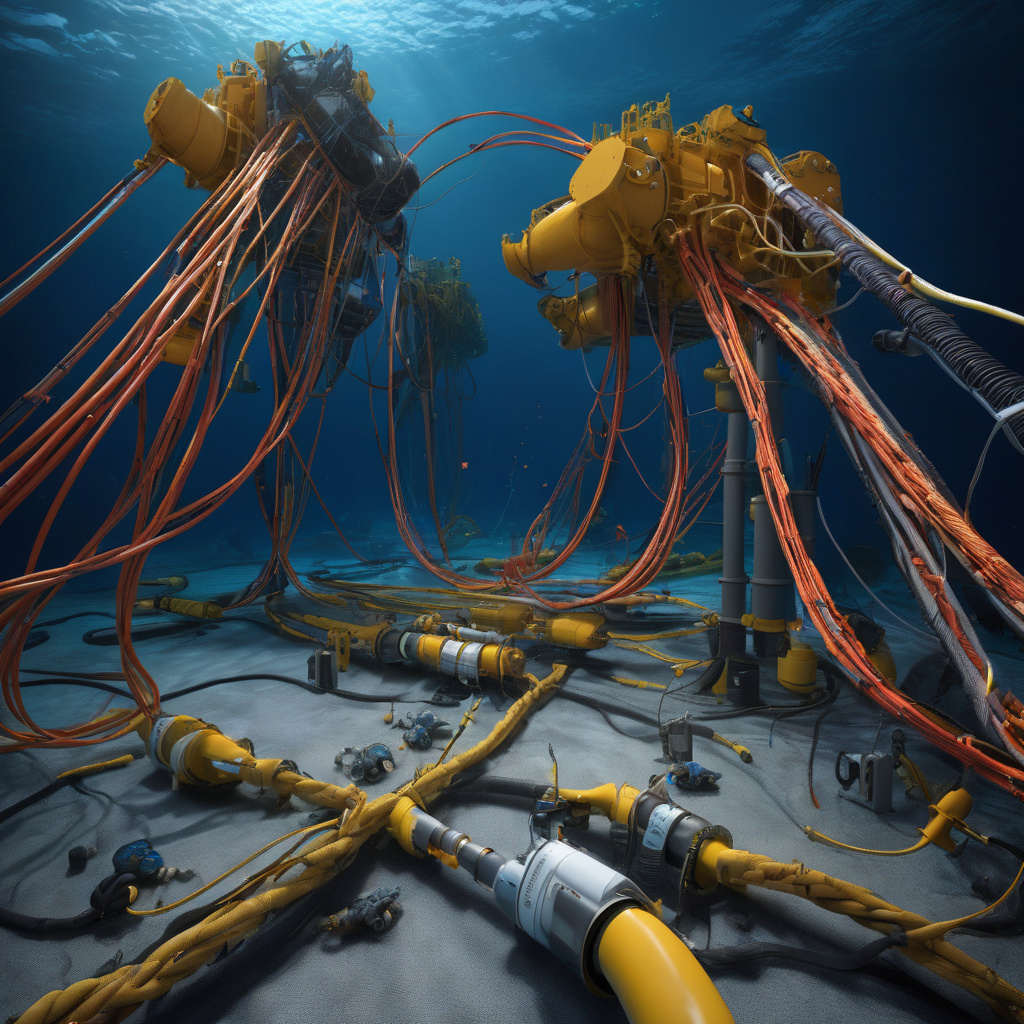Four New Subsea Cables to Boost Baltic Sea Digital Infrastructure
The Baltic Sea region is set to witness a significant upgrade in its digital infrastructure with the introduction of four new subsea cables. This ambitious project, backed by a total investment of approximately €40 million, which includes EU co-funding, is geared towards revolutionizing the connectivity landscape in the region. The primary objective behind this initiative is to bolster network capacity, redundancy, and resilience for the Nordics’ flourishing data centers and artificial intelligence (AI) hubs.
In recent years, the Nordics have emerged as a hotbed for technological advancements, housing a plethora of data centers and AI facilities that are driving innovation across various sectors. However, to sustain this growth trajectory and cater to the escalating demands of the digital economy, a robust and reliable infrastructure is imperative. The introduction of these four new subsea cables is poised to address these crucial requirements effectively.
Enhancing network capacity is a pivotal aspect of this project. By laying down additional subsea cables, the bandwidth available for data transmission will experience a significant surge. This increase in capacity will not only meet the existing needs of data centers and AI hubs but also accommodate future scalability requirements. As the volume of data being generated continues to soar, having ample network capacity is non-negotiable.
Redundancy is another critical element that these new subsea cables aim to fortify. In the realm of digital infrastructure, having redundant pathways is essential to ensure uninterrupted connectivity. In the event of a cable failure or maintenance activity, redundant cables serve as backup routes, thereby preventing any disruptions in data transmission. By integrating redundancy into the Baltic Sea’s digital framework, the reliability of the network is substantially enhanced.
Moreover, resilience is a key focus area of this project. The digital landscape is susceptible to various threats, including cyber-attacks, natural disasters, and technical failures. Building a resilient infrastructure that can withstand such challenges is paramount. The introduction of these new subsea cables is poised to elevate the resilience of the Baltic Sea’s digital network, making it more robust and capable of withstanding unforeseen adversities.
The significance of this initiative extends beyond just technological advancements. By bolstering the digital infrastructure in the Baltic Sea region, opportunities for economic growth and innovation are amplified. With a sturdy foundation in place, businesses can operate more efficiently, innovators can explore new frontiers, and the overall digital ecosystem can thrive.
In conclusion, the introduction of four new subsea cables in the Baltic Sea marks a pivotal moment in the region’s digital evolution. With a substantial investment of around €40 million, this project is set to reshape the connectivity landscape, empowering the Nordics’ data centers and AI hubs to reach new heights. As the digital economy continues to expand, initiatives like these are instrumental in laying the groundwork for a sustainable and prosperous future.
digital infrastructure, subsea cables, Baltic Sea, Nordics, data centers.












